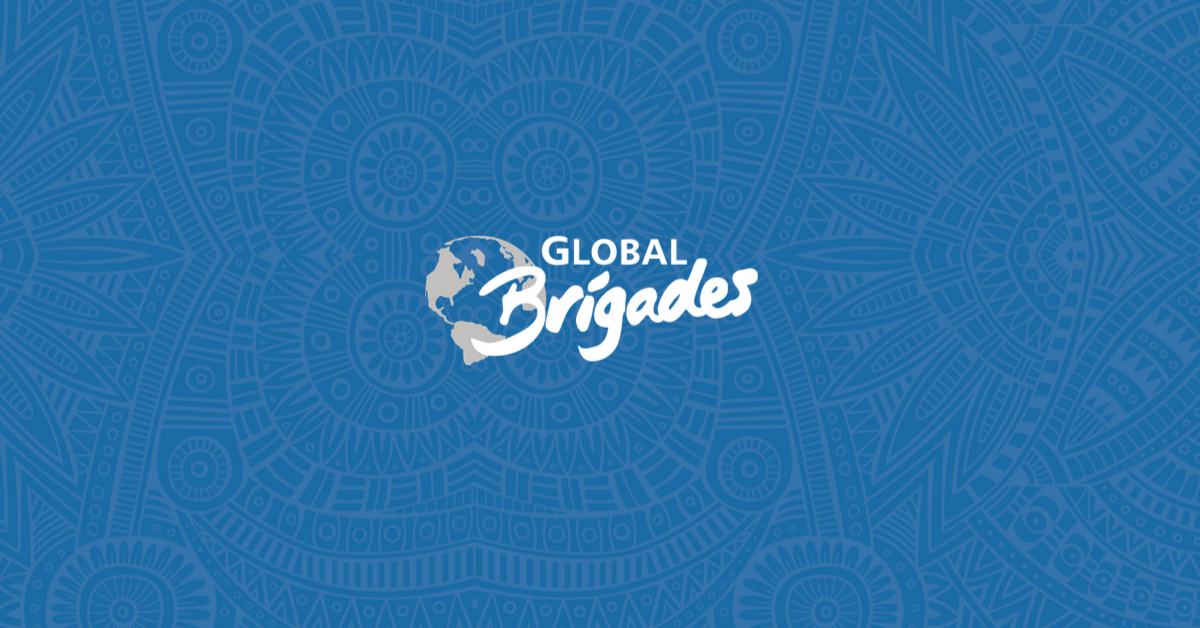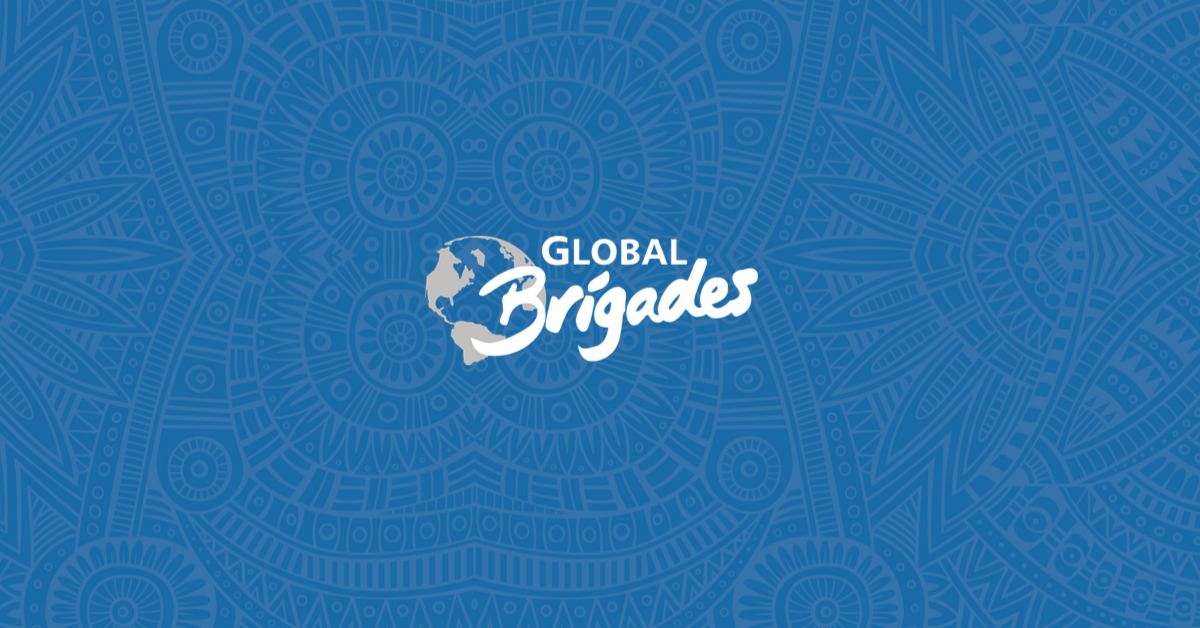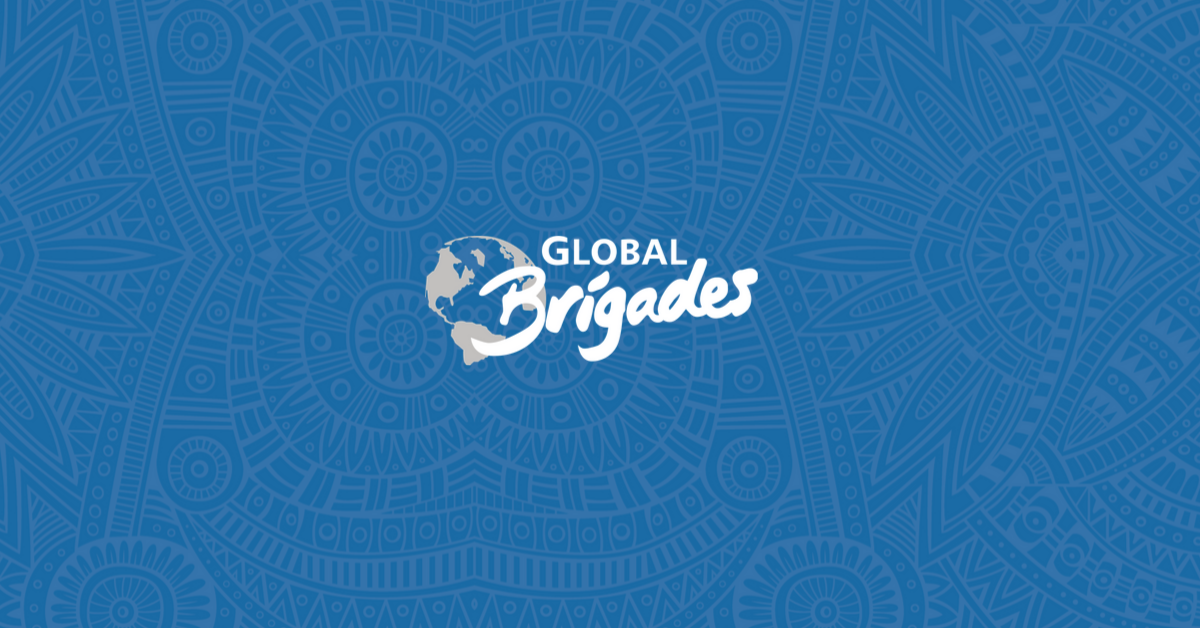The following blog post was written by guest blogger Claire Seigworth. Claire graduated with a B.A. in International Relations and a minor in Spanish Literature from Marquette University. She has traveled to many Latin American countries, studied in Santiago, Chile and worked in Panama for Global Brigades.
Nicaragua has long struggled with political turmoil and a civil war during the 1980s which left the country beleaguered. In spite of being the poorest country in Central America and the second poorest in the Western Hemisphere, it is important to note where progress has been made economically and in terms of human development.
Economy
Over the past decade, Nicaragua has made steady economic progress. Primarily relying on exports from agriculture and textiles, Nicaragua has averaged around 4 percent GDP growth every year since 2004, except for 2009 during the global economic recession.[1]
While economic growth is certainly an important economic indicator, it does not always give a clear picture as to how the economy impacts the whole country. Nicaragua’s GDP per capita is projected to be $1,842, which is a bit less than double its GDP per capita 10 years ago.[2] Bucking the trend of high levels of income inequality in Latin America, Nicaragua has a gini coefficient of 40.5.[3] While the gini coefficient is fairly low, the main economic divide is due to location. More than 80 percent of people in poverty in Nicaragua live in remote rural areas.[4] Nicaragua is making strides in the right direction even though they face many obstacles towards developing economically.
Human Development
Human development in Nicaragua has stalled over the past 30 years. According to the United Nations Development Program, in 1980 Nicaragua had a HDI of .461 and currently has a HDI of .599.[5] This places them below the regional average and when adjusted for income inequality they have a HDI of .434.[6]
The United Nations at the beginning of the 21st century created various development goals to be achieved by 2015. In a progress report, Nicaragua earned a score of 5.5 out of 8. They are on track to halve their population that live on $1.25 per day, the proportion of undernourished people, and the amount of people without access to clean drinking water.[7] They also are well on their way to reducing child mortality by two thirds as well as achieving gender parity in education.[8] Nicaragua is behind schedule in achieving universal education.[9] However, Nicaragua is failing to reduce maternal mortality by two thirds and to halt the spread of HIV/AIDS.[10]
Certainly Nicaragua has made some progress in human development and its health care system is ranked fairly well, especially in comparison to some of its regional neighbors. The World Health Organization ranked every country’s health care system, and Nicaragua is ranked 72nd in the world.[11] Nicaragua’s progress towards development has been slow but steady, but it needs to take a larger step towards reducing poverty.




